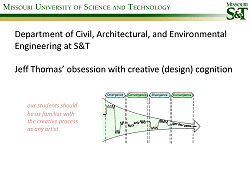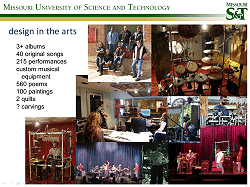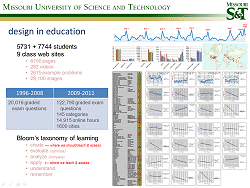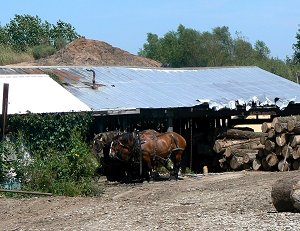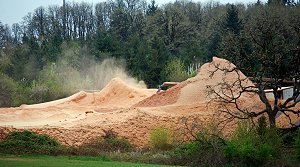structural biomimetics
construction

There are essential minimal conditions for cultivating educated minds.
All of the traditional content areas of schools may be, but typically are
not, taught so as to conduce to those standards, abilities, traits.
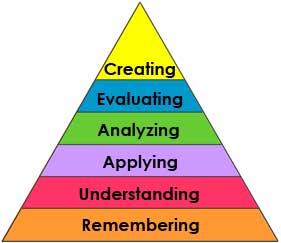 |
. |
create |
| optimize |
| compare |
| calculate |
| paraphrase |
| read |
Everyone must cultivate the skills and dispositions of the critical mind
within their minds, using their own thinking.
One person can influence another, finally, only with the cooperation of
that other.
And from the inside of your own mind, your own thinking usually appears to
be damned good, and not really in need of change.
| Cognitively passive learning behaviors |
Cognitively active learning behaviors |
- I previewed the reading before class.
- I came to class.
- I read the assigned text.
- I reviewed my class notes.
- I rewrote my notes.
- I made index cards.
- I highlighted the text.
- I looked up information.
- I asked a classmate or tutor to explain
the material to me.
|
- I asked myself: “How does it work?”
and “Why does it work this way?”
- I drew my own flowcharts or diagrams.
- I broke down complex processes
step-by-step.
- I wrote my own study questions.
- I reorganized the class information.
- I compared and contrasted.
- I fit all the facts into a bigger picture.
- I tried to figure out the answer before
looking it up.
- I closed my notes and tested how much I
remembered.
- I asked myself: “How are individual
steps connected?” and “Why are they
connected?”
- I drew and labeled diagrams from memory
and figured out missing pieces.
- I asked myself: “How does this impact my
life?” and “What does it tell me about
my body?”
- I used Bloom’s taxonomy to write my own
study questions
|
Multiple-Choice Exams: An Obstacle for
Higher-Level Thinking in Introductory Science Classes, by Kathrin F. Stanger-Hall,
CBE—Life Sciences, Education Vol. 11, 294–306, Fall 2012
